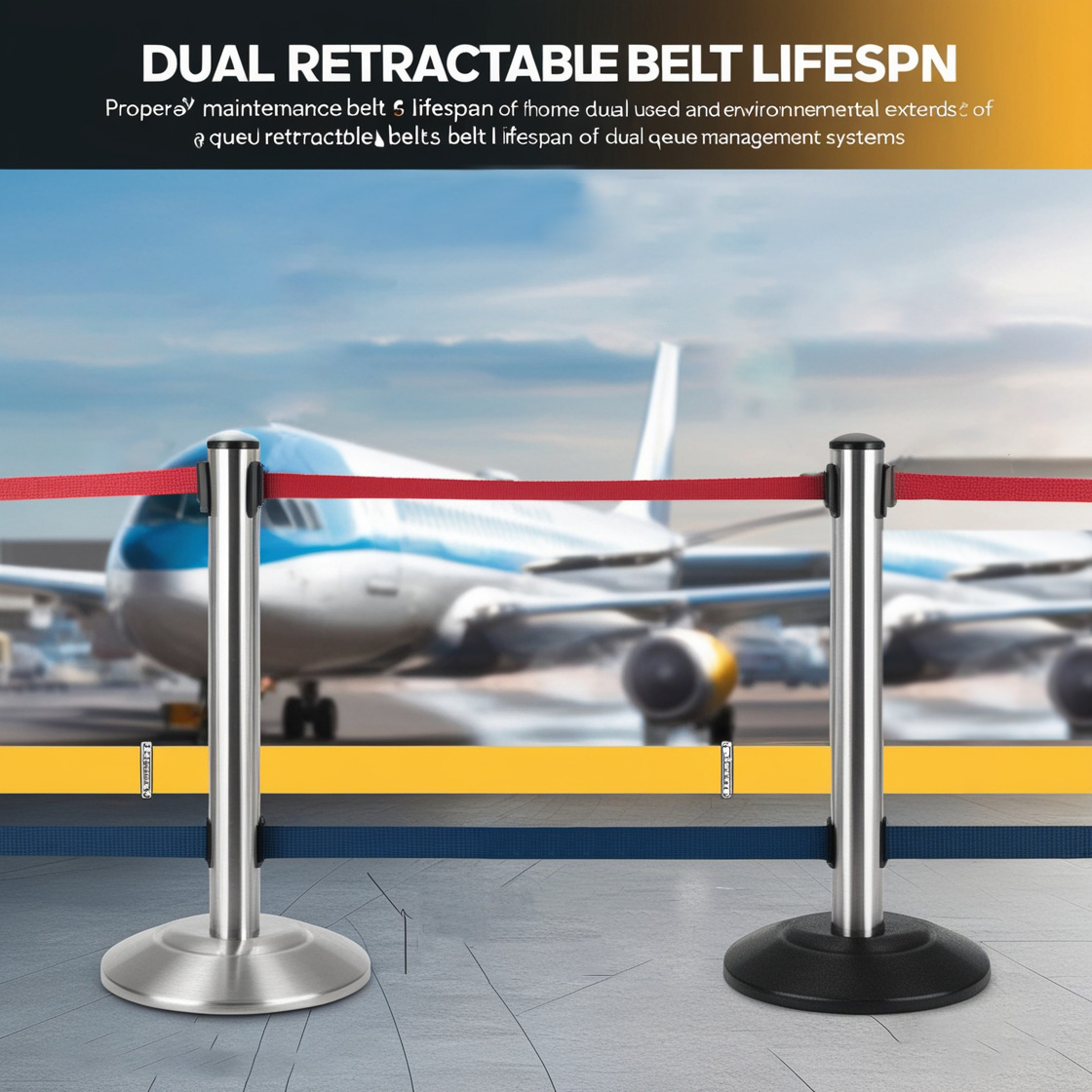Dual Retractable Belt Lifespan: What to Expect and How to Extend It
Dual retractable belts are engineered for durability, but their longevity hinges on usage, environment, and maintenance. Whether in your car, workplace, or recreational gear, understanding their lifespan helps prevent unexpected failures. Here’s a no-nonsense guide to how long these systems last—and how to squeeze out extra years.
Factors That Determine Lifespan
- Material Quality:
- Polyester vs. Nylon: Polyester belts resist UV degradation better, while nylon offers higher tensile strength. Industrial-grade belts (e.g., 3M’s DBI-SALA) often blend both.
- Hardware: Stainless steel buckles outlast zinc-plated ones, especially in humid or salty environments.
- Usage Frequency:
- Daily Drivers: Belts in high-use vehicles (e.g., taxis) wear faster—typically 8–12 years.
- Industrial Use: Harnesses in construction or manufacturing may need replacement every 3–5 years due to constant stress.
- Environmental Stressors:
- UV Exposure: Fades and weakens fibers; convertible tops or outdoor machinery accelerate this.
- Temperature Swings: Extreme heat stiffens belts; cold makes retractors sluggish.
- Maintenance Habits:
- Cleaning with harsh chemicals degrades fibers.
- Skipping inspections misses early wear signs like fraying or retractor lag.
Typical Lifespans by Application
| Application | Average Lifespan | Key Influencers |
| Passenger Vehicles | 10–15 years | Garage storage, UV exposure |
| Commercial Trucks | 7–10 years | Frequent loading/unloading |
| Industrial Harnesses | 3–5 years | Chemical exposure, daily wear |
| Marine Use | 5–8 years | Saltwater corrosion, humidity |
| Aviation | 15+ years | Rigorous FAA inspections, low usage |
Source: NHTSA vehicle safety guidelines; OSHA industrial equipment standards
When to Replace Dual Retractable Belts
- Visible Damage: Fraying, cuts, or discolored fibers (whitish streaks indicate weakening).
- Retractor Failure: Belts that don’t retract smoothly or lock during sudden tugs.
- Crash Involvement: Even minor collisions can compromise integrity. Subaru mandates post-accident replacements.
- Expired Warranty: Most automakers like Toyota cover belts for 10 years—use this as a benchmark.
Pro Tips to Extend Lifespan
- Clean Gently: Wipe belts with mild soap and water; avoid bleach.
- Lubricate Sparingly: Apply silicone spray to retractors (not the belt itself) annually.
- Store Smart: Keep spare belts in cool, dry places—away from direct sunlight.
- Test Regularly: Pull belts fully monthly to check for sticky retractors or uneven tension.
Case Study: Why Taxis Retire Belts Early
A 2022 IIHS study found ride-share vehicles replace belts 30% sooner than personal cars due to:
- Constant passenger adjustments straining retractors.
- Food/drink spills attracting abrasive dirt.
- High mileage vibrating anchor points loose.
Final Thought
While dual retractable belts are built to endure, they’re not immortal. Treat them like tires or brake pads—schedule inspections, heed wear signs, and replace proactively. After all, a
200belt today could preventa 200,000 liability tomorrow.
For certified replacements, Seatbelt Planet offers OEM-grade dual retractable belts with lifetime warranties. And remember: When in doubt, consult a pro—safety isn’t a DIY gamble.







